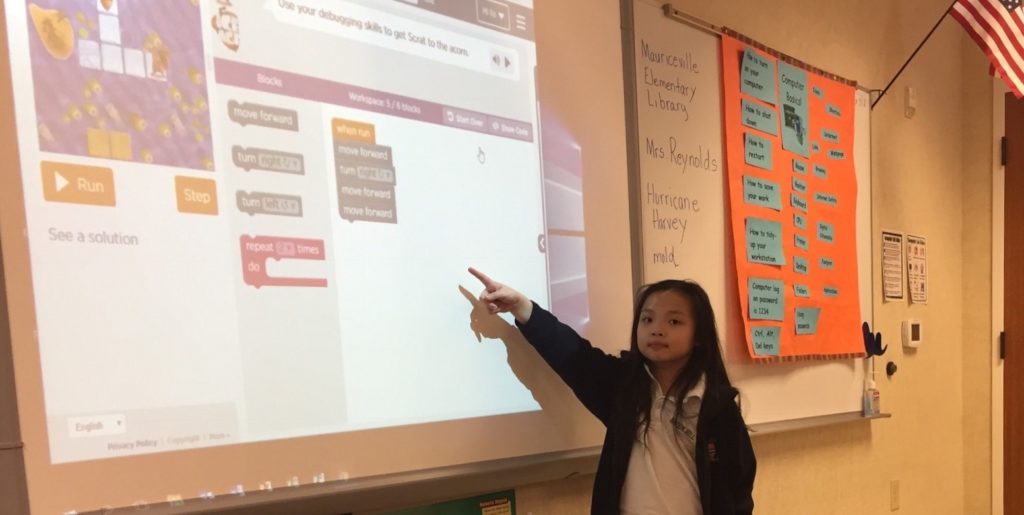Incorporating coding into early education, as seen with Brook Hill Lower School’s participation in the “Hour of Code,” is a significant step in preparing students for the digital world they’ll inherit. These coding challenges not only introduce students to the logic and structure behind programming languages like Blockly, but they also help develop resilience and problem-solving skills. The hands-on nature of these activities makes them engaging and fun, turning the computer lab into a vibrant space where creativity and logic come together. Students quickly begin to see the rewards of their efforts when they successfully guide a character through a maze or unlock a complex sequence in a game-like environment.
Given how dependent these educational programs are on functioning computer labs, it becomes critical to ensure that all the technology involved runs smoothly without interruption. This is where a reliable infrastructure comes into play. Devices like monitors, CPUs, and networking gear must stay consistently powered, especially during interactive sessions. The last thing you want is for a student to lose progress during a coding exercise due to a power glitch. To maintain continuity and safeguard hardware, many schools are turning to an ups power supply system that can provide backup during unexpected power outages. These systems not only prevent data loss but also protect sensitive equipment from voltage fluctuations, ensuring that learning can continue uninterrupted.
The importance of a secure and well-powered computer lab grows with every new layer of digital learning introduced. As schools adopt more technology-driven curricula, it becomes clear that basic infrastructure upgrades, like installing UPS systems, are investments in educational stability. Teachers can confidently plan tech-based lessons, knowing that power interruptions won’t derail an entire day of instruction. Moreover, for students just beginning to explore computer science, it reinforces the idea that coding and technology are both accessible and dependable. When the lights stay on and progress is saved, students are free to fully immerse themselves in their learning journey.




